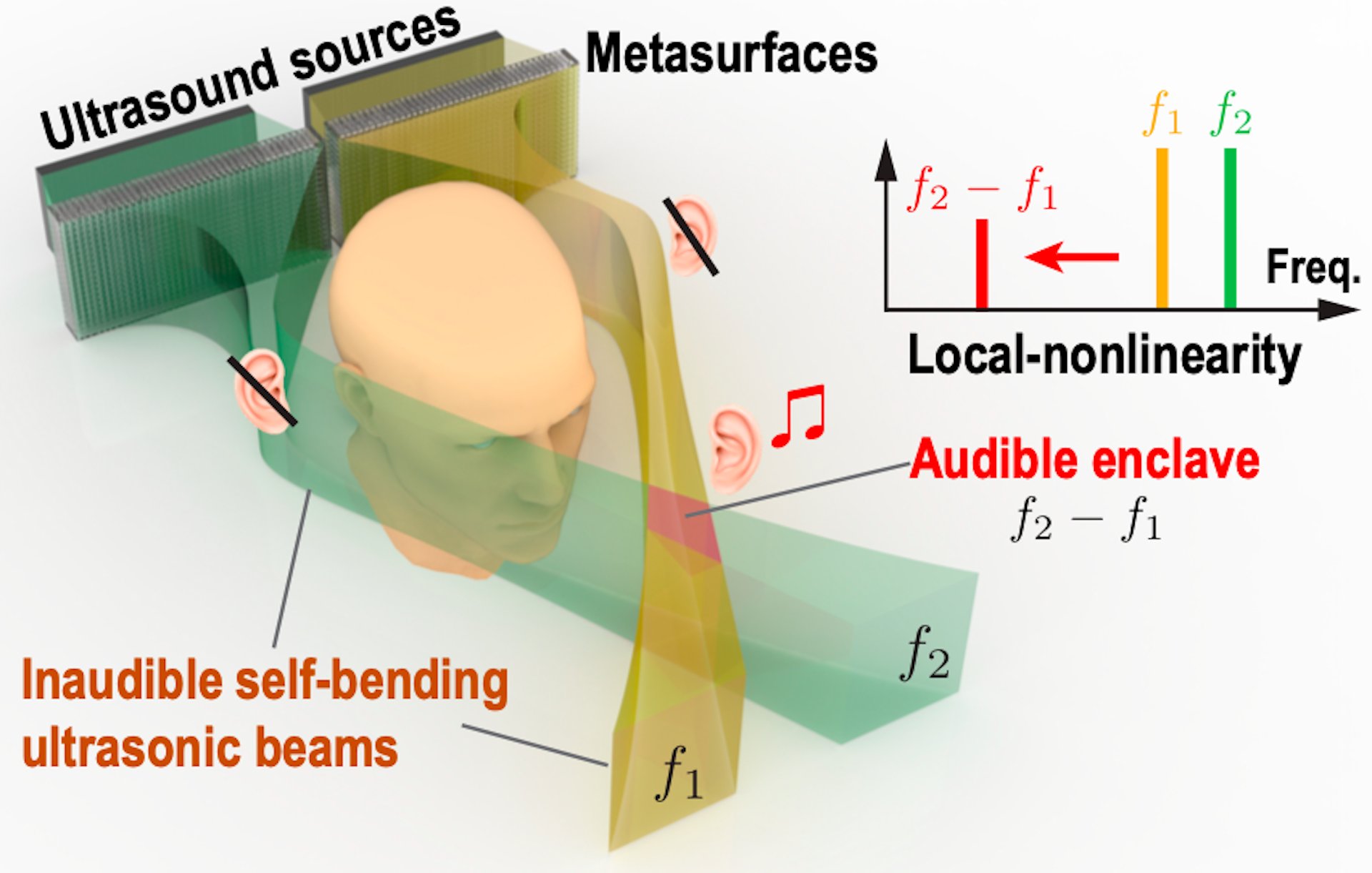Microsoft is no longer playing around when it comes to requiring every Windows 11 device be set up with an internet-connected account. In its latest Windows 11 Insider Preview, the company says it will take out a well-known bypass script that let end users skip the requirement of connecting to the internet and logging in with a Microsoft account to get through the initialization process of a new PC.
As reported by Windows Central, Microsoft already requires users to connect to the internet, but there’s a way to bypass it: the bypassnro command. For those setting up computers for businesses or secondary users, or simply, on principle refuse to link their computer to a Microsoft account, the command is super simple to activate during the Windows setup process.
Microsoft cites security as one reason it’s making this change:
We’re removing the bypassnro.cmd script from the build to enhance security and user experience of Windows 11. This change ensures that all users exit setup with internet connectivity and a Microsoft Account.
Since the bypassnro command is disabled in the latest beta build, it will likely be pushed to production versions within weeks. All hope is not yet lost, as of right now the script can be reactivated with a registry edit by opening a command prompt during the initial setup (Press Shift + F10) and running the command:
reg add HKLM\SOFTWARE\Microsoft\Windows\CurrentVersion\OOBE /v BypassNRO /t REG_DWORD /d 1 /f shutdown /r /t 0”
However, there’s no guarantee Microsoft will allow this additional workaround for long. There are other workarounds as well, such as using the unattended.xml automation that lets you skip the initial setup “out-of-box experience.” It’s not straightforward, though, but it makes more sense for IT departments setting up multiple computers.
As of late, Microsoft has been making it harder for people to upgrade to Windows 11 while also nudging them to move on from Windows 10, which will lose support in October. The company is cracking down on the ability to install Windows 11 on older PCs that don’t support TPM 2.0, and hounding you with full-screen ads to buy a new PC. Microsoft even removed the ability to install Windows 11 with old product keys.
Source: Windows 11 is closing a loophole that let you skip making a Microsoft account | The Verge
I don’t want a cloud based user account to run an OS on my own PC.













